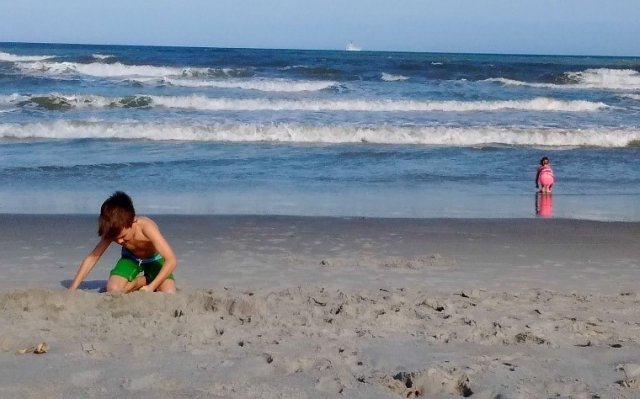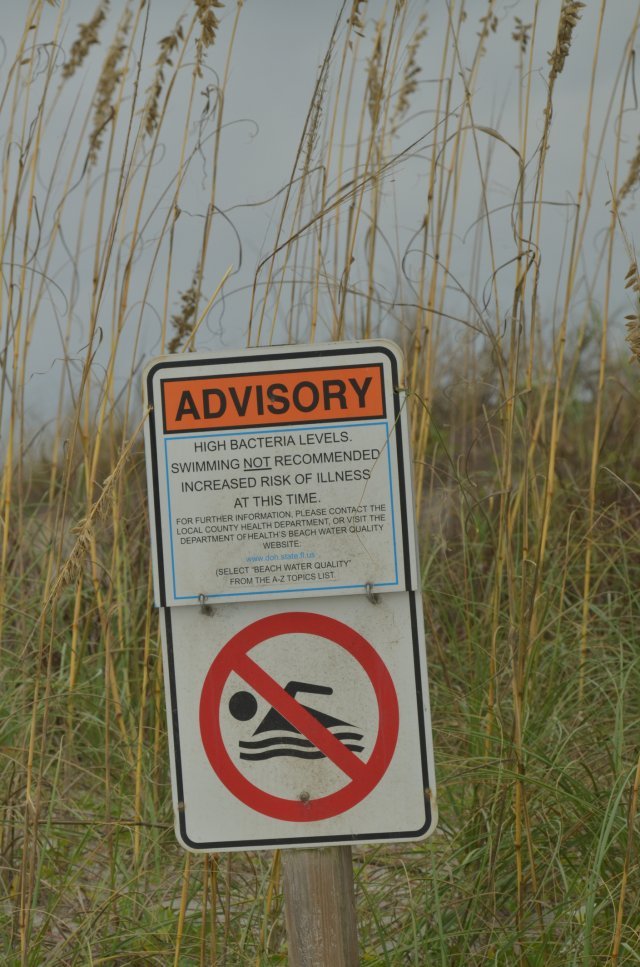Virtual Beach: A Modeling Tool to Help Make Beach Closure Decisions

Published October 4, 2023
Have you ever gone to the beach, only to find it’s been closed because the water is polluted? You’re not alone. Water pollution is a persistent problem along U.S. beaches, stemming from stormwater runoff, sewage overflows, or livestock manure. Anyone who swims, snorkels, surfs, or kayaks in polluted water can be exposed to dangerous levels of fecal bacteria. Millions of swimmers get sick every year from contaminated water; children and older people are the most vulnerable. Exposure to fecal pollution can cause a variety of health concerns, including skin rashes, ear, nose and throat infections, gastrointestinal issues, and infections to open cuts.

To better protect public health, beach managers need faster ways to determine when beaches are unsafe for swimming and need to be closed. EPA scientists developed the Virtual Beach modeling tool to predict concentrations of E. coli, Enterococcus, and other bacterial microorganisms at both fresh and saltwater beaches.
Virtual Beach uses local data such as wave height, water temperature and rainfall to develop a model that can forecast daily microbial concentrations. A mapping component determines the geographic orientation of the beach, and the software separates along-shore and onshore/offshore wind and current speed and direction.
“Virtual Beach is particularly useful when beach conditions change quickly over time, so beach managers can make same-day decisions on beach closures or advisories. Faster results mean better protection of public health and fewer people getting sick from fecal contamination,” notes EPA scientist Dr. Mike Cyterski.
Beach managers have used Virtual Beach analyses to protect public health at beaches across the country. The tool can be used to develop a statistical model for any beach site where historical data has been collected. Here are a few examples:
- Predicting E. coli levels at Huntington Beach, Ohio.
- Predicting enterococci levels at various Great Lakes' beaches: West Beach, Porter, Indiana; Washington Park, Michigan City, Indiana; Silver Beach, St. Joseph, Michigan; Huntington Beach, Bay Village, Ohio; South Shore, Milwaukee, Wisconsin.
- Predicting enterococci levels at various marine beaches: Goddard Beach, West Warwick, Rhode Island; Edgewater Beach, Biloxi, Mississippi.; Fairhope Beach, Mobile, Alabama; Hobie Beach, Miami, Florida.; La Monserratte, Puerto Rico; Boqueron Beach, Puerto Rico, Surfside Beach, Myrtle Beach, South Carolina.
Virtual Beach is intended for use by beach managers making decisions on beach closures, but it is also useful for researchers, scientists, engineers, and students interested in studying relationships between water quality indicators and local environmental conditions. Dr. Cyterski provides online training for beach managers—most recently in Connecticut, Massachusetts, and Alaska.
Download the Virtual Beach files and user guide here.
This article was written by EPA’s Melissa Payne.
